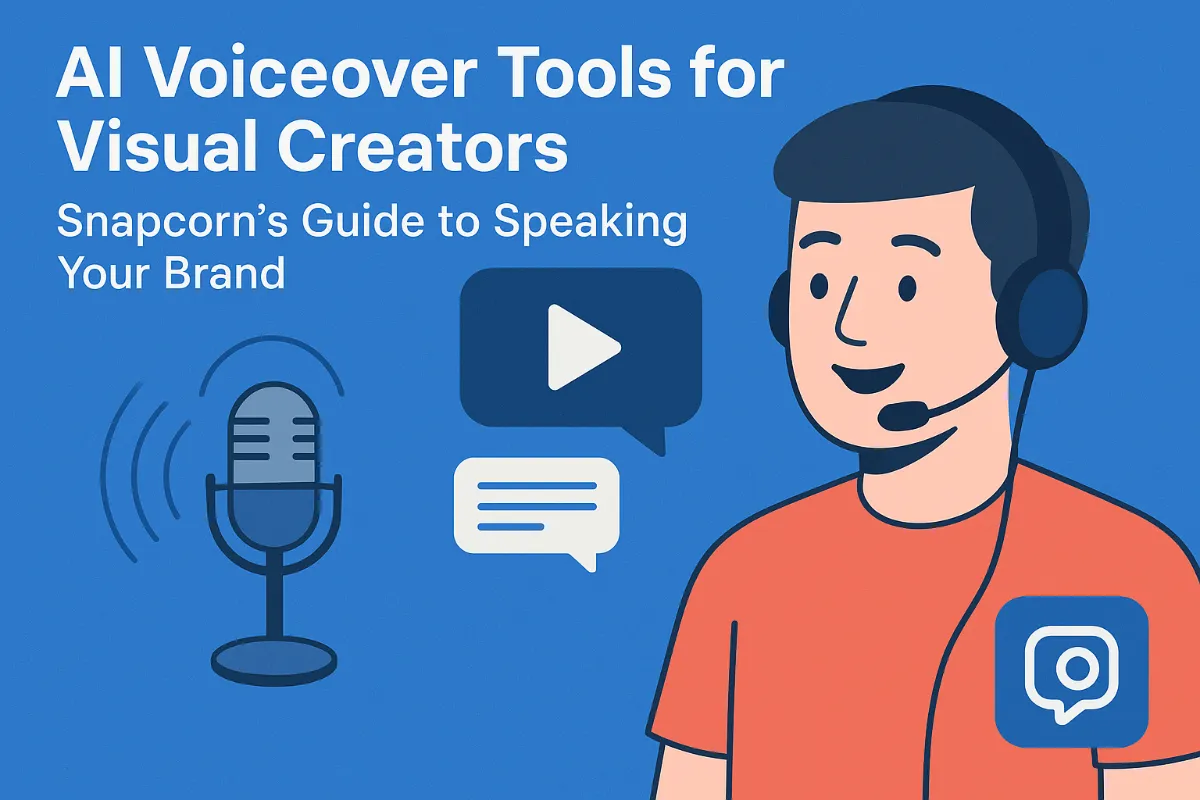Do any editing tools have a magic eraser feature?
TL;DR
Understanding the Magic Eraser Concept
Okay, so, "magic eraser"—sounds kinda cool, right? Like something outta Harry Potter, but for photos. But what is it really?
Well, it's not about actual magic, sadly. It's a photo editing thing, and here's the gist:
It's a tool that removes unwanted stuff from your pictures. Think tourists photobombing your perfect landscape shot, or maybe just a random trash can ruining the vibe.
Unlike your regular eraser, which just, you know, erases, this thing fills in the space where the object was with something that matches the background. Clever, eh?
You can use it for all sorts of things... from getting rid of blemishes on a portrait to cleaning up product photos for e-commerce.
It's pretty neat. I mean, who hasn't wanted to just poof something out of a picture? Next up, we'll look at how ai makes this wizardry possible.
Popular Editing Tools with Magic Eraser Features
Okay, so you're thinking of ditching the mobile apps and want something with a bit more oomph? Desktop software might just be your jam.
Desktop software's, like, the heavyweight champ of photo editing. We're talking about programs you install directly on your computer—think Adobe Photoshop, Affinity Photo, and others. These aren’t your quick-fix, on-the-go solutions; they're built for serious editing.
- Power and Control: Desktop software gives you way more control. You can tweak every little detail, from color correction to complex masking. It's like going from driving a scooter to piloting a spaceship.
- Advanced Features: The "magic eraser" capabilities are usually much more sophisticated. They use smarter algorithms to fill in the gaps, and you've got more options for how it's done.
- Industry Standard: If you're doing professional work, knowing these tools is kinda essential. Many creative industries rely on software like Photoshop for everything from retouching portraits to creating marketing materials.
Here's the thing: desktop software comes with a learning curve. It's not always intuitive, and there are so many buttons and menus. Plus, it can be expensive – Adobe uses a subscription model, so you're paying monthly.
But for professional-grade editing? It's worth the investment. if you're a photographer, graphic designer, or anyone who needs precise, high-quality results, desktop software is where it's at. And while some users have reported issues with the eraser tool after updating Photoshop Re: Did they remove the eraser tool in new version?, these are often resolved by resetting preferences or reinstalling the software. if you wanna try it out, why not get a trial version?
Next up, we'll check out online editing platforms – the middle ground between mobile apps and full-blown desktop programs.
How to Effectively Use a Magic Eraser
So, you're ready to make some objects vanish, huh? Well, hold on to your hat, because it ain't always as easy as point-and-click.
Understand the tool's limits: Magic erasers are cool, but they ain't miracle workers. They work best on simple backgrounds, like a clear sky or a plain wall.
Selection is key: Most tools let you select what to erase. Take your time. The more accurate you are, the better the result. I usually zoom in to get it just right, especially if its a portrait.
Feather those edges: After erasing, you might see a hard line. Use a feathering tool to soften the edges so it blends better. Think of it like smoothing out wrinkles on a shirt.
Next, lets talk about what can go wrong, cause trust me, it will.
The Future of Magic Eraser Technology
Magic erasers today are pretty cool, but what about tomorrow? I mean, like, what's next level for this stuff?
Here's a few thoughts about where this tech is heading:
- ai Improvements: Expect the ai behind these tools to gets way better. Like, it'll be able to understand context and fill in backgrounds more realistically. Think removing a whole building from a skyline and having it look seamless.
- Workflow Integration: i'm hoping these features get baked into more parts of the editing process. Imagine a Lightroom or Capture One where object removal is just another slider.
- Ethical Editing: people are gonna start asking some hard questions. How much can you change an image before it ain't real anymore? Transparency in editing will be a bigger deal, I reckon.
Magic erasers will probably change photography and design a lot, so its important we know how to use them right, ya know?




